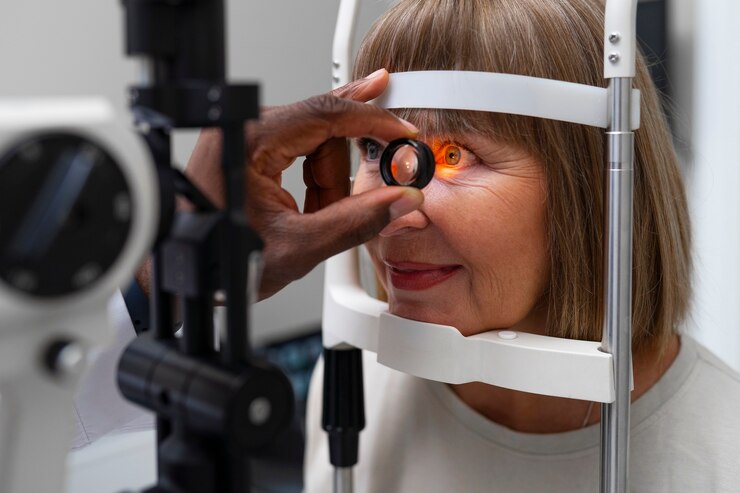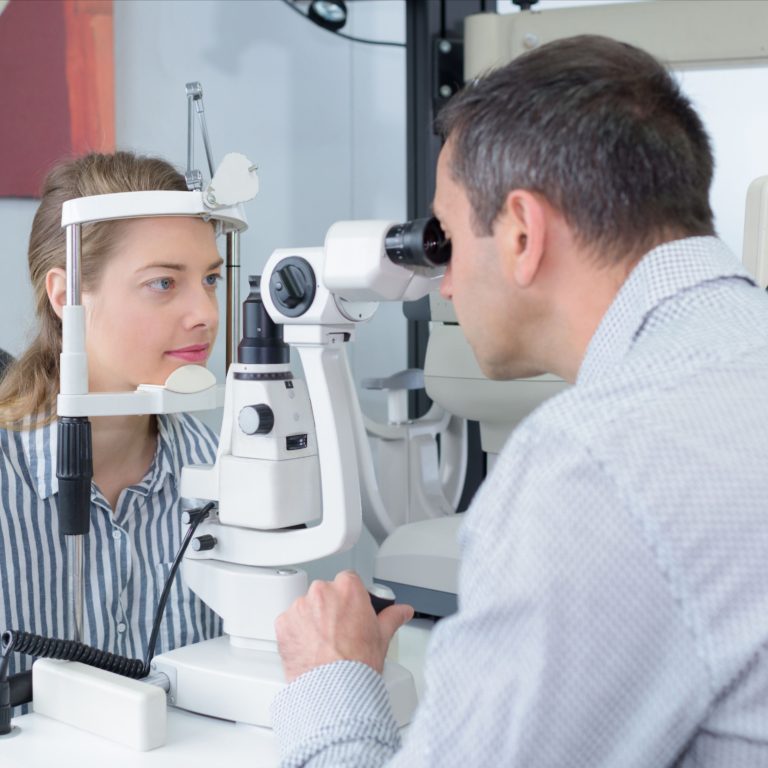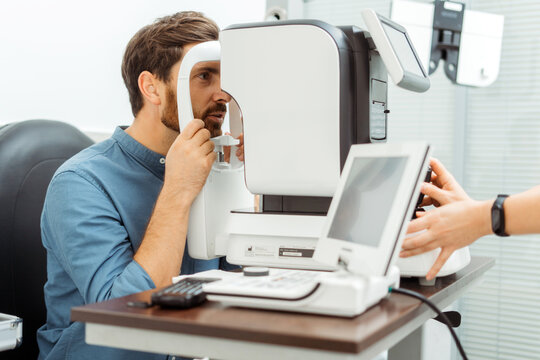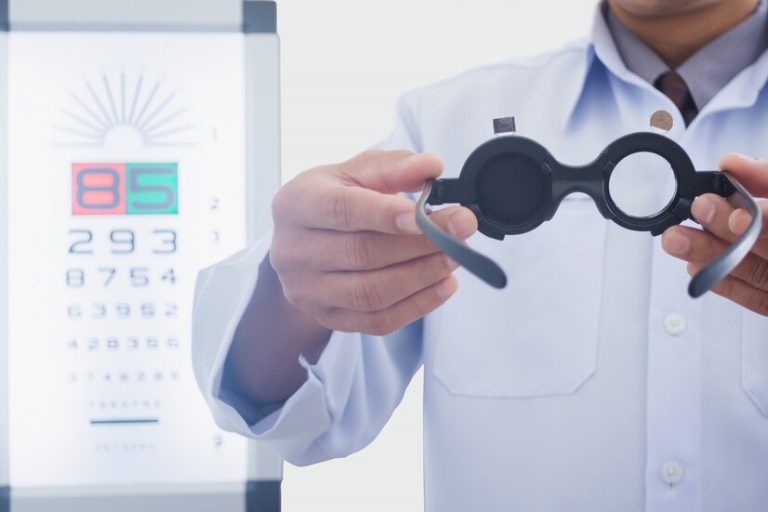Vision Testing: A Comprehensive Overview
Vision testing is a critical aspect of eye care, essential for diagnosing visual impairments, prescribing corrective lenses, and detecting eye diseases. Regular vision testing helps maintain optimal eye health and ensures early detection of potential problems, which is crucial for effective treatment and management. This article delves into the various methods of vision testing, their significance, and how they contribute to overall ocular health.
Importance of Vision Testing
Vision testing is vital for several reasons:
- Early Detection of Eye Diseases: Conditions such as glaucoma, macular degeneration, and diabetic retinopathy often progress without noticeable symptoms. Regular vision tests can detect these diseases early, allowing for timely intervention.
- Prescribing Corrective Lenses: Accurate vision testing is essential for prescribing eyeglasses or contact lenses that correct refractive errors like myopia, hyperopia, astigmatism, and presbyopia.
- Monitoring Eye Health: Routine vision tests help monitor the health of the eyes, especially for individuals with a history of eye problems or those at risk of developing ocular conditions.
- Evaluating Visual Function: Vision tests assess various aspects of visual function, including acuity, field of vision, depth perception, and color vision, ensuring that any deficiencies are promptly addressed.
Types of Vision Tests
Vision testing comprises several different assessments, each targeting specific aspects of visual function:
1. Visual Acuity Test:
- Purpose: Measures the clarity of vision.
- Method: Typically involves reading letters on a Snellen chart or similar device at a specified distance. The smallest line of text that the patient can read accurately determines their visual acuity.
- Significance: Helps diagnose refractive errors and assess the need for corrective lenses.
2. Refraction Test:
- Purpose: Determines the appropriate lens prescription.
- Method: An optometrist uses a phoropter or an automated refractor to measure how light waves are bent as they pass through the eye.
- Significance: Identifies the correct lens power needed to correct vision.
3. Slit-Lamp Examination:
- Purpose: Provides a detailed view of the eye’s anterior and posterior segments.
- Method: A slit lamp combines a microscope with a high-intensity light source to examine the eyelids, cornea, conjunctiva, iris, lens, and retina.
- Significance: Detects eye conditions such as cataracts, macular degeneration, corneal ulcers, and diabetic retinopathy.
4. Tonometry:
- Purpose: Measures intraocular pressure (IOP).
- Method: A tonometer, such as the Goldmann application tonometer or non-contact tonometer, is used to measure the pressure inside the eye.
- Significance: High IOP is a major risk factor for glaucoma, making this test crucial for early detection and management.
5. Visual Field Test:
- Purpose: Assesses the peripheral vision.
- Method: Patients look straight ahead and indicate when they see objects appearing in their peripheral vision. Automated perimetry is often used to map the visual field precisely.
- Significance: Identifies blind spots and peripheral vision loss, which can be indicative of glaucoma, optic nerve damage, or neurological conditions.
6. Retinal Examination:
- Purpose: Evaluate the health of the retina and optic nerve.
- Method: An ophthalmoscope or a retinal camera provides a detailed view of the retina, macula, and optic nerve.
- Significance: Detects retinal diseases, such as diabetic retinopathy, macular degeneration, and retinal detachment.
7. Color Vision Test:
- Purpose: Detects color blindness.
- Method: Ishihara plates or other color vision tests require patients to identify numbers or patterns within a field of colored dots.
- Significance: Identifies deficiencies in color perception, which can affect daily activities and career choices.
8. Depth Perception Test:
- Purpose: Assesses the ability to perceive the relative distance of objects in three dimensions.
- Method: Stereopsis tests, such as the Random Stereo Test, involve viewing images through polarized glasses to measure depth perception.
- Significance: Important for tasks requiring precise hand-eye coordination, such as driving and certain occupations.
Innovations in Vision Testing
Advancements in technology have led to the development of more accurate and efficient vision testing methods:
- Automated Vision Testing Devices: Automated devices such as autorefractors and automated perimeters provide quick and accurate measurements, improving the efficiency of vision exams.
- Digital Retinal Imaging: High-resolution digital imaging systems offer detailed views of the retina, aiding in the early detection and monitoring of retinal diseases.
- Telemedicine: Remote vision testing and consultations have become more accessible, allowing patients to receive eye care services from the comfort of their homes.
- Artificial Intelligence: AI algorithms are being developed to analyze vision test results and retinal images, assisting in the early detection and diagnosis of eye diseases.
The Future of Vision Testing
The future of vision testing is promising, with ongoing research and technological advancements paving the way for even more precise and accessible eye care. Some potential future developments include:
- Portable Vision Testing Devices: Development of portable, user-friendly vision testing devices that can be used in remote or underserved areas.
- Enhanced AI Diagnostics: Continued improvement in AI algorithms for more accurate and early detection of ocular diseases.
- Integration with Wearable Technology: Incorporating vision testing capabilities into wearable devices, such as smart glasses, to provide continuous monitoring of eye health.
- Personalized Eye Care: Using genetic information and personalized data to tailor vision care and treatment plans for individual patients.
Conclusion
Vision testing is a cornerstone of eye health, essential for diagnosing visual impairments, prescribing corrective measures, and detecting eye diseases early. Through a variety of tests, eye care professionals can assess different aspects of visual function, ensuring comprehensive eye care. With advancements in technology and the integration of innovative diagnostic tools, vision testing continues to evolve, offering even greater precision and accessibility. Regular vision testing is crucial for maintaining optimal eye health and ensuring timely intervention for any ocular conditions.
For any further queries, Plz visit drvivekgarg. in








